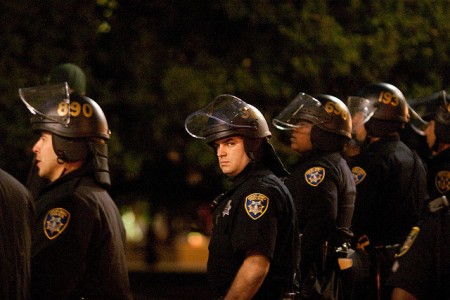
This article was originally published as a book review of Swati Parashar’s Women and Militant Wars: The Politics of Injury by E-International Relations on 14 August 2014.
In her new book, Swati Parashar looks at the subjectivities of militant women in two protracted South Asian conflicts: Kashmir and Sri Lanka. She reveals that women who do not fit the stereotypical bill of wailing victim or mother are silenced by a dominant social discourse, which translates into the absence of women in peace building processes and post-war politics. Parashar draws on her qualitative research, International Relations, feminist literature and a vast number of multidisciplinary sources on gender and war to shed light on the mutual effects of politics and gendered understandings of female identities and bodies. Her book is divided into several chapters introducing the topic of silencing, gendered nature of wars, issues connected to her fieldwork, her findings from Kashmir and Sri Lanka, and finally the politics of remembering.




